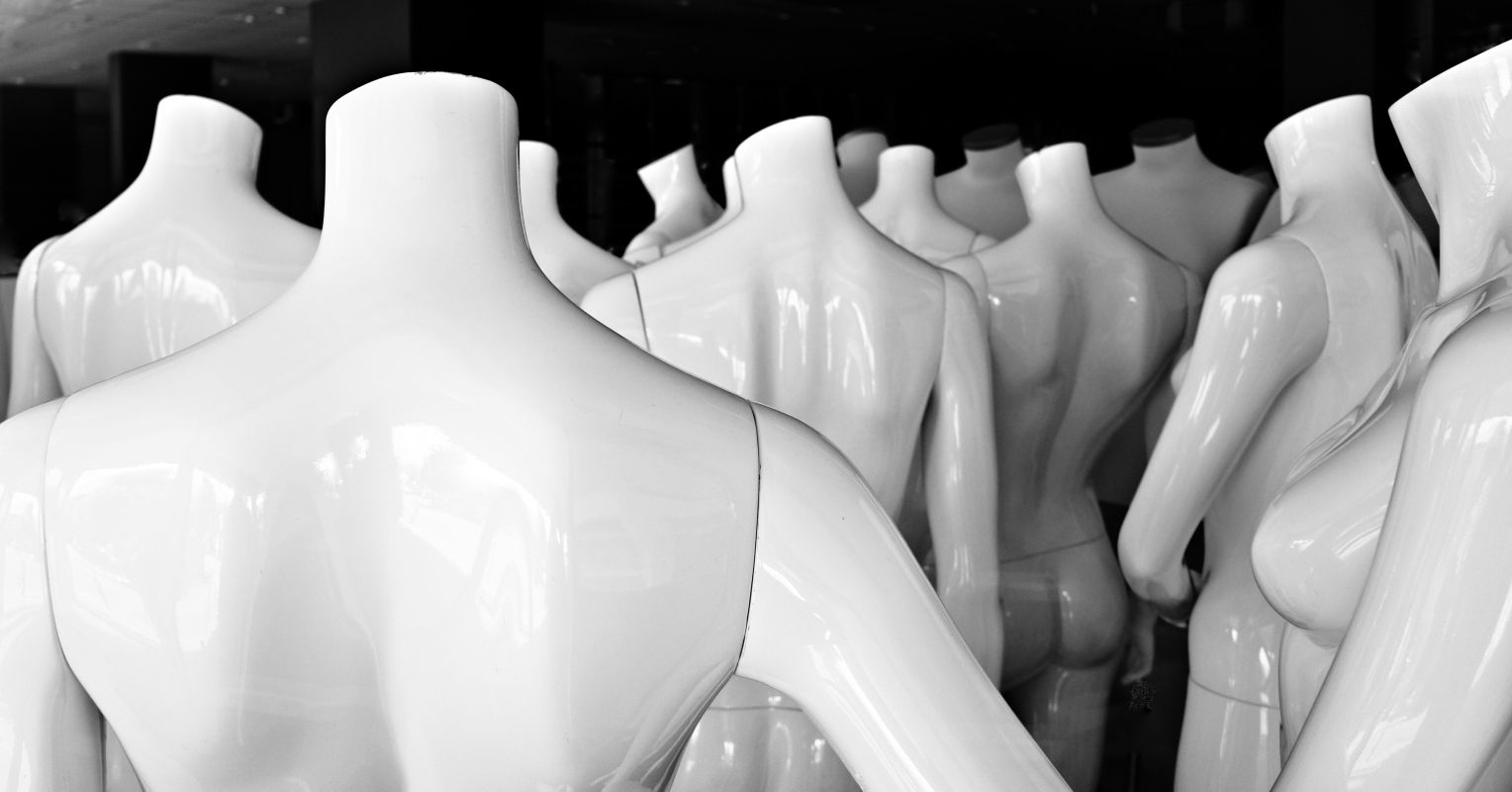
"The shifting nature of the 'ideal body' over decades ensures true satisfaction remains elusive, as each era promotes its own restrictive standard of beauty."
"Societal expectations and media images often shape our body image more by emotions and beliefs rather than actual size or appearance, leading to deep dissatisfaction."
"Shame and comparison fueled by social media and pop culture contribute to disordered eating and anxiety, making it crucial to reject these harmful narratives."
"Healing from body image struggles begins with challenging societal myths and embracing self-compassion and body neutrality, empowering individuals to find acceptance."
The concept of the 'ideal body' has shifted dramatically over the decades, leaving individuals in a continuous state of dissatisfaction. Despite variations in beauty standards from the fuller figures of the 1950s to the androgynous extremes of the 1970s and 1990s, emotions and beliefs rather than actual size dictate body image. This fosters shame and comparison, leading to disordered eating and anxiety. Healing lies in rejecting these societal myths and cultivating self-compassion to foster a healthier body image.
Read at Psychology Today
Unable to calculate read time
Collection
[
|
...
]